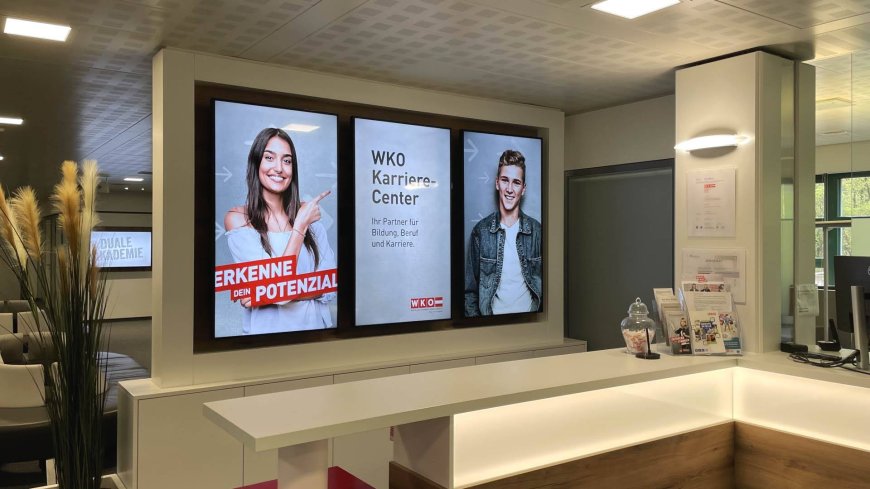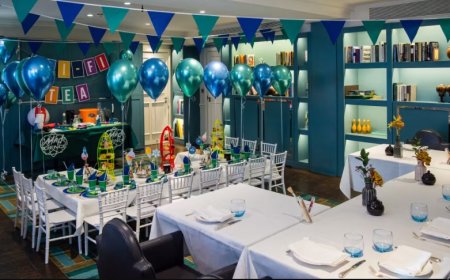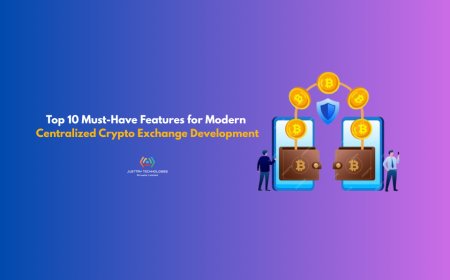Digital Signage for Restaurants: Transforming Dining Experiences with Technology
Restaurants in the hospitality industry live in a competitive environment that requires them to continuously change to meet the evolving customer needs and technological advancements. Digital signage in restaurants is one of the most effective changes that have occurred over the last few years. Digital signage and digital menu boards in restaurants are transforming the way restaurants make known their brand, market their products and manage communication, including streamlining operations and providing better customer experience.

Restaurants in the hospitality industry live in a competitive environment that requires them to continuously change to meet the evolving customer needs and technological advancements. Digital signage in restaurants is one of the most effective changes that have occurred over the last few years. Digital signage and digital menu boards in restaurants are transforming the way restaurants make known their brand, market their products and manage communication, including streamlining operations and providing better customer experience.
The meaning of Digital Signage in Restaurants
Digital signage for restaurants can be described as the utilization of electronic displays of information, advertisements, menus, etc. The most popular types of electronic displays are LED and LCD screens. In the case of restaurants, digital signage might encompass menu boards and promotional displays, interactive terminals and order progress boards. These interactive screens are centrally managed, and they can be updated on real-time, and thus they become a strong communication tool in a very visual oriented industry.
Advantages of Digital Signage to Restaurants
1. Better Visual Attraction
Conventional printed menus may get outdated or be worn off soon. Digital menu boards for restaurants have a contemporary look and feel that attracts the eye and improves the atmosphere. Bright pictures, animations, and videos may be used to showcase special dishes, new products or seasonal offers, and thus affect customer decisions.
2. Real-Time Menu-Updates
Digital signage is capable of immediate pricing, availability or promotion changes. This fluidity is particularly useful to restaurants that alter menus on a daily basis, specials of limited time as well as instances where restaurants are forced to drop items when they run out of stock.
3. Augmented Customer Experience
Digital signs can also be used to accelerate the ordering process by showing visible and readable menus with appetizing images. On quick-service restaurants, the digital menu boards can be customized as well on the basis of time of the day as breakfast in the morning and lunch or dinner later in the day.
4. Upselling and Promotions
Upselling is promoted by strategic placement of content. Screen space can be utilized by restaurants to advertise combo meals, dessert or beverages. Movement graphics and location close to the point of sale, will greatly increase impulse buying.
5. Decreased Costs of Operation
Although one needs to invest in hardware and software initially, digital signage removes the need to print new menus and promotional materials that have to be done regularly. In the long term, the savings and the enhanced sales potential represent a good return on investment.
6. Eco-Friendly Solution
Digital signage helps to achieve sustainable practices by saving paper and wasting less of it, which is becoming more crucial to contemporary diners who seek brands that care about the environment.
Restaurant Digital Menus Boards: In Detail
Restaurant digital signage is most common in the form of digital menu boards. They are mounted behind counters, over displays of food or incorporated into drive-throughs and act as a central point of information to the customer.
The Major Strengths of Digital Menu Boards:
Dayparting: Show separate menus automatically during breakfast, lunch and dinner.
Dynamic Content: Add in photos, videos, animations and even live feeds (e.g. Instagram updates).
Localization: Control menu differences in each of the branches within a single platform.
Nutrition Info & Allergens: Add nutrition or other regulative/dietary information, having the ability to easily pop up without filling the screen.
Interactive Capabilities: Interactive capabilities are also available in some restaurants where you can place a custom order or even checkout.
Uses of Restaurant Digital Signage
Quick-Service Restaurants (QSRs): Make irresistible custom orders and make waiting time less perceived by informative digital screens.
Casual and Fine Dining: Advertise events, happy hours or specials of the chef on lobby or bar screens.
Cafes and Bakeries: Show daily specials, loyalty or pick-up announcements.
Food Trucks and Pop-ups: Digital menus boards used in Food trucks and pop-up premises can be powered using tablets or using battery powered displays.
Selecting the Proper Digital Signage Solution
Restaurants that invest in digital signage ought to take into consideration the following:
Content Management System (CMS): Seek a simple system with which one can update the content remotely and schedule the content.
Screen Size and Location: Select display sizes depending on the viewing distance and location, screen size should be large in menu board, small in table display or order status.
Durability: Durability of displays should be considered, especially when the display is to be used outdoors or in the kitchen.
Integration Capabilities: Make sure that it is compatible with your POS system to make update and synchronization easy.
Trends in the Future of Restaurant Digital Signage
1. Interactive Touch Displays: There is a growing self-service kiosk and tabletop ordering systems use.
2. AI-Powered Menus: Menu suggestions that are based on time of the day, customer demographics or weather.
3. Voice and Gesture Control: Hands free use to have hygienic and convenient browsing.
4. Mobile Integration: QR enabled screens that connect with mobile devices to have contactless menus and payments.
Final Thoughts
Digital signage is no longer a trend; it is a necessity in the operations of a modern restaurant. It enables restaurants to remain competitive in a digital age as it can increase efficiency as well as the guest experience. Restaurant and general digital signage can transform the way you communicate with your customers regardless of whether it is a fast casual chain or an upscale bistro.
With the advancement of technology, adopting digital signage today implies that you are not only keeping pace with the competition- but you are also ahead of them.





















